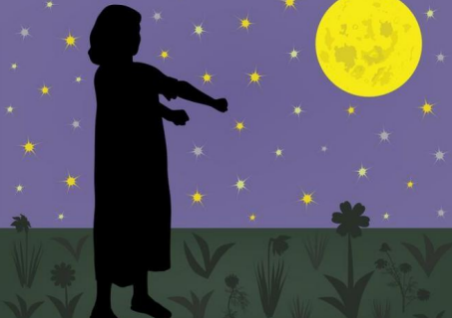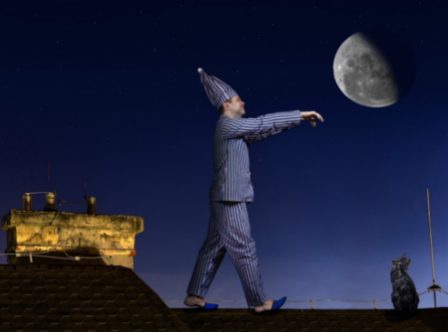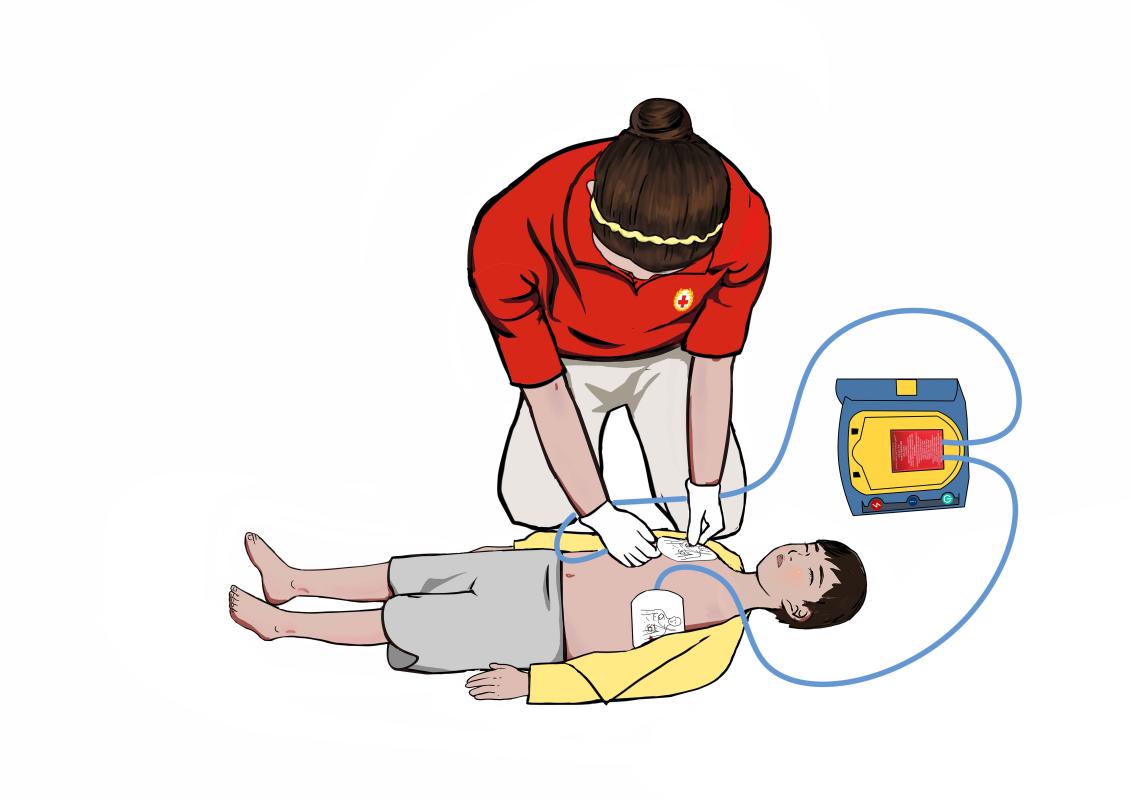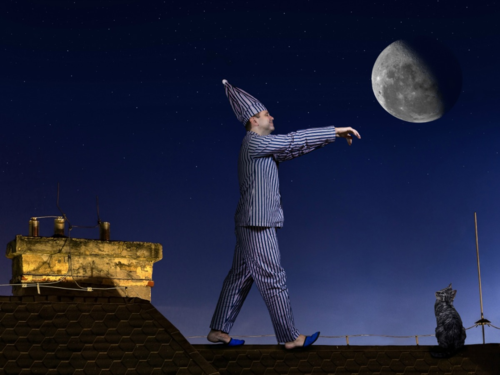Sleepwalking, a term that sounds like a fantasy, is a phenomenon that allows people to quietly ‘wake up’ in the world of sleep, but as if they were in another strange dimension. It's like a strange flower that blooms quietly in the night, fascinating and intimidating at the same time - somnambulism, or mesmerism, is just such a late-night visitor, quietly shuttling on the edge of dreamland and reality.

When most people have fallen asleep, there are some people whose bodies seem to be pulled by a mysterious force, slowly ‘waking up’ from the deep dream world. But this awakening, not fully awake, more like the moonlight gently touched, awakened a part of the soul in the slumber, so that they unconsciously began an incredible night walk. These sleepwalkers, whose steps may be staggering and whose eyes are empty and disorientated, can move freely in the darkness, completing a series of complex movements, from simple walking and talking to even completing certain tasks in their daily lives as if sleepwalking is their unique superpower. However, when the morning light breaks through and all is calm, they know nothing of their nighttime ‘feats’, leaving their families and bystanders with a look of surprise and disbelief.
So what causes this mysterious phenomenon? The cause of sleepwalking is like an intricate labyrinthine adventure involving multiple psychological, physiological, environmental and even genetic dimensions. Sometimes, it is the heavy pressure of life that makes it difficult for people to breathe, and dreams become a haven for escape; sometimes, it is the deep ocean of sleep that is too wide and makes part of the consciousness lose its way; and sometimes, it is the genetic code of the family that quietly buries the seed of sleepwalking.

During the day, running on the road of work and life, until the night falls, can finally rest. However, overwork, like many days of continuous trekking, left both body and mind longing for a deep rest. Thus, he fell into the abyss of sleep, without realising that the abyss hid the secret of sleepwalking. Continuous staying up all night, like a dialogue with the night sky, satisfies a certain need of the mind, but also makes the quality of sleep greatly reduced. Sleeping pills, on the other hand, are more like catalysts for dreaming, allowing the sufferer to step on the edge of another world without realising it.
Sleepwalking seems to be a mysterious inheritance. A positive family history of high incidence in family lineage surveys, like bunches of fruit on the family tree, signals the potential risk of the disorder. The high rate of homozygosity among monozygotic twins is a marvellous reminder of the power of heredity as if sleepwalking is a mark engraved in the bloodline and passed on from generation to generation. In the world of children, sleepwalking may just be a growing pain. Between the ages of 6 and 12, when the cerebral cortex develops at a rapid rate, this growth sometimes doesn't always go smoothly, and delays in the development of the cerebral cortex, like the incessant drizzle of spring, make sleepwalking an uninvited guest during this period. Fortunately, as time passes and the cerebral cortex develops, sleepwalking often disappears on its own, just as the sunshine of summer dispels the haze of spring rain.
In the arena of dreams, drugs and environmental factors often play the role of unexpected visitors. Those sedatives and hypnotics, like the magicians of the dream world, can inadvertently change the direction of the dream. Unfamiliar or uncomfortable sleep environments, like a set decorator on a stage, provide a varied scene for the sleepwalker's nocturnal journey. The presence of these factors makes sleepwalking unpredictable and makes people more alert to every detail of their dreams. The process of treatment is like a restorative journey of the mind, using an understanding approach to gradually guide the sleepwalker out of the fog of dreams and back to the shore of peaceful sleep.

Before going to bed, you may wish to arrange a cosy ritual for yourself, allowing your body and mind to slowly transition to sleep in a soft atmosphere. Listen to a piece of soft music, like a breeze over the heart, take away all the worries and fatigue; drink a cup of warm milk, which not only warms the body but also the mind to put a layer of soft velvet carpet. Or, try some simple relaxation training, such as deep breathing, meditation, etc., they are like a magic spell to guide you into the dream world, so that you unconsciously sink into the peaceful and deep ocean.





